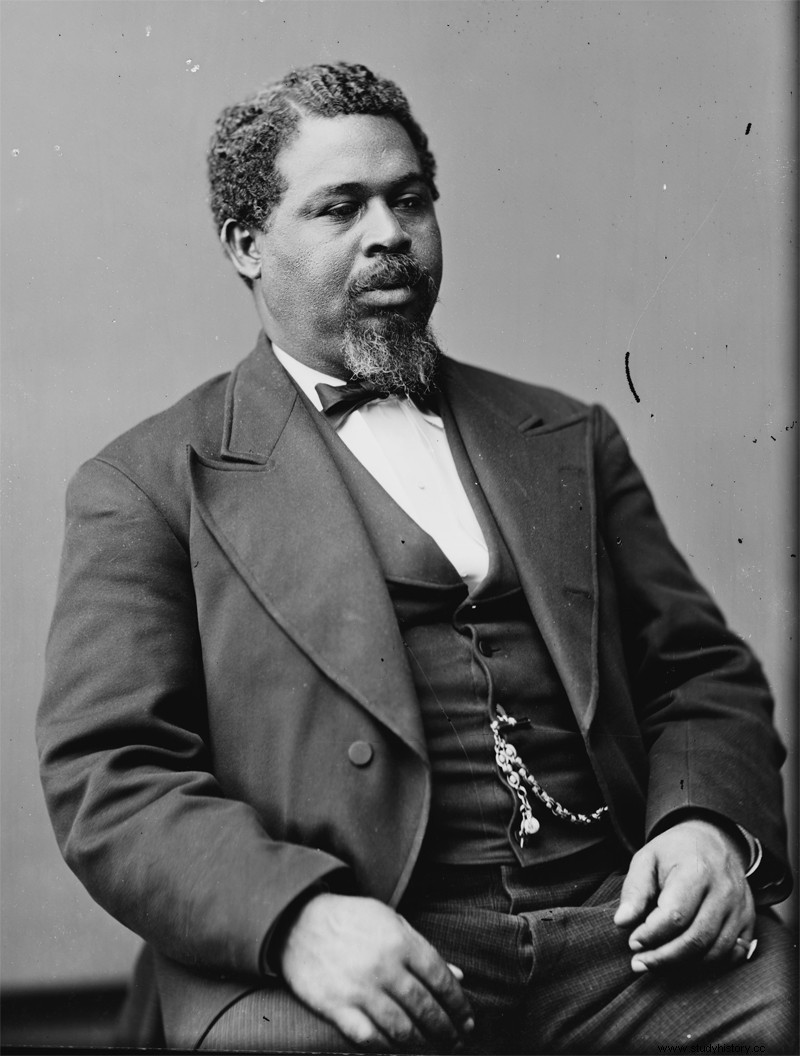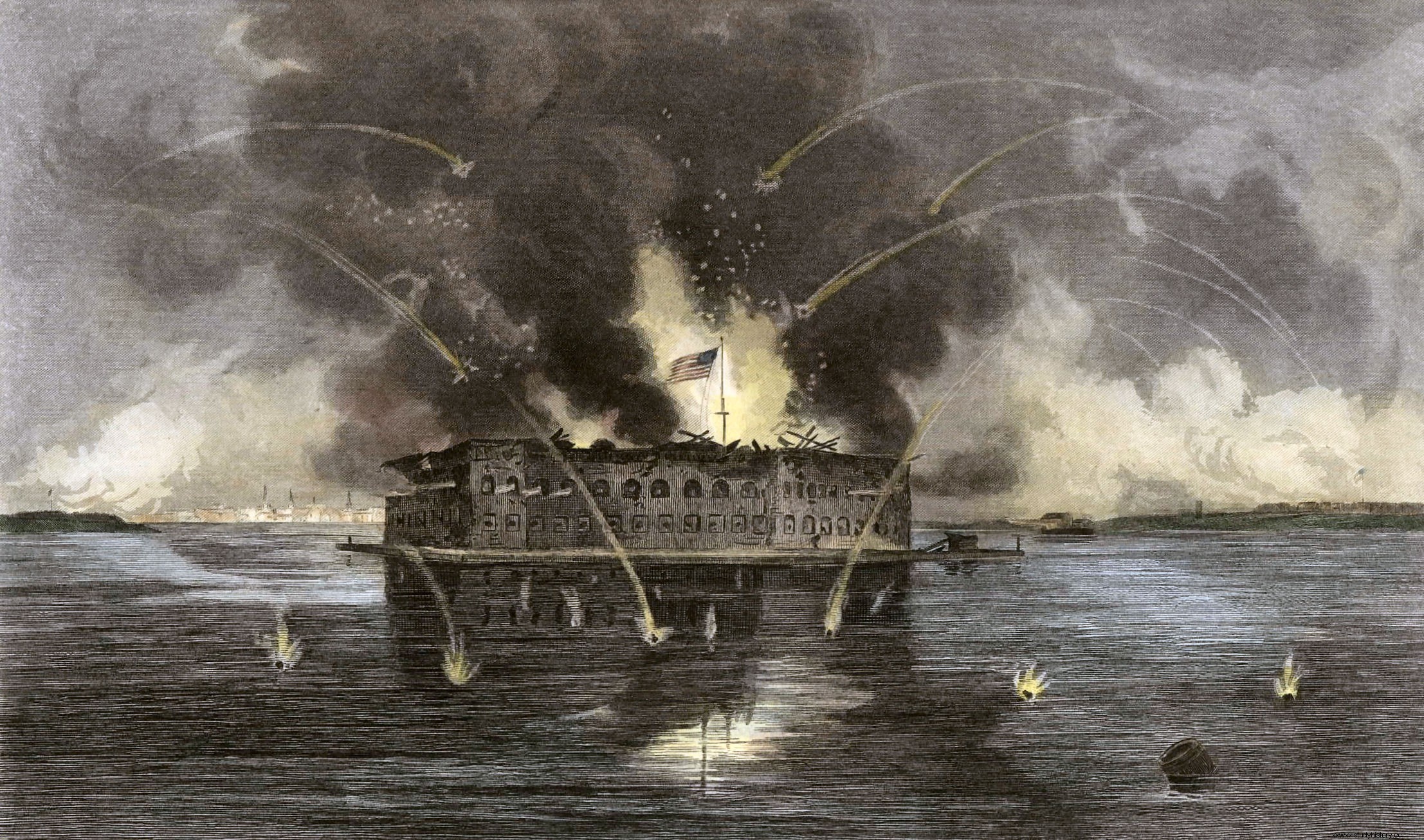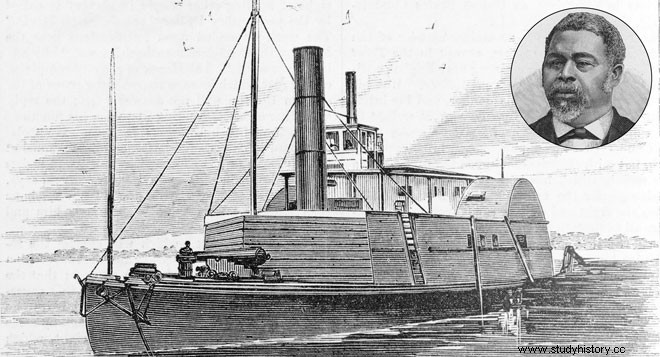Robert Smalls he was a slave on a cotton plantation in Beaufort, South Carolina, owned by the McKee. Thanks to his mother, he managed to learn to read and write, something that would be essential for his future. After some bad harvests and in need of extra income, Henry McKee he decided to rent some of the slaves from him to work in the city and one of the chosen ones was Robert. At just 12 years old, Robert was sent to Charleston where he began working in a hotel. After several jobs, he had the opportunity to work in the port as a longshoreman and there he began his love affair with the sea. After a while, and thanks to the teachings of his mother, he managed to become a helmsman.

Robert Smalls
At the start of the Civil War he was recruited by the Confederates as helmsman of the Planter , an old cotton steamer converted into a troop and weapons carrier. Robert was not going to miss that opportunity, along with other slaves who were part of the crew of the Planter , and after studying for a while the movements of the commanding officers - logically, white -, they devised a plan to escape and something else... Robert realized that after a long trip the officers liked to go ashore and loosen their punished bodies with alcohol and with some local girl -in breach of the ordinances that required at least one officer to remain on board at all times-. On the night of May 13, 1862, after returning from a long voyage, the officers abandoned the ship and the families of Robert and the rest of the slaves, hidden in the port awaiting the arrival of the ship, came aboard. Robert put on a captain's uniform and the straw hat he always wore on board and steered the ship out of the harbor. In order to get out they still had to pass the checkpoint set up at Fort Sumter, a fort located on an island at the entrance to Charleston Bay and whose bombardment by the Confederates on April 12, 1861 was the first act of the Civil War.

Bombardment of Fort Sumter
Under cover of night, wearing the captain's clothing and aware of the appropriate signals, the sentinels cleared the way shouting…
The Planter comes out

Planter
Out to sea, families danced and sang, but Robert knew they were still in danger…the Union blockade. On April 19, 1861, Abraham Lincoln established a naval blockade of the coasts of the Confederate states to prevent the passage of arms and supplies. Robert traded the Confederate flag for a white sheet in the hope that the Union ships would not fire. The first ship they encountered was the Onward who ordered them to surrender. When the captain of the Onward boarded, Robert surrendered the ship to the Union with all its contents:four artillery pieces and a code book for messages. In addition, he reported all the defenses of the port of Charleston and the forces that the Confederates had in that area. This was Robert's plan, get freedom and, in addition, deliver the ship to the Union . The ship's flag was changed and the slaves and their families were given freedom. The feat of Robert Smalls was the definitive push for the Union army to accept African-Americans to fight as soldiers -until then they only dealt with supply and transportation tasks-.
When the war ended, and with the financial reward received for his heroism, Robert bought the house of his former master in South Carolina. After holding various political offices in South Carolina, in 1874 he was elected to the US House of Representatives.
